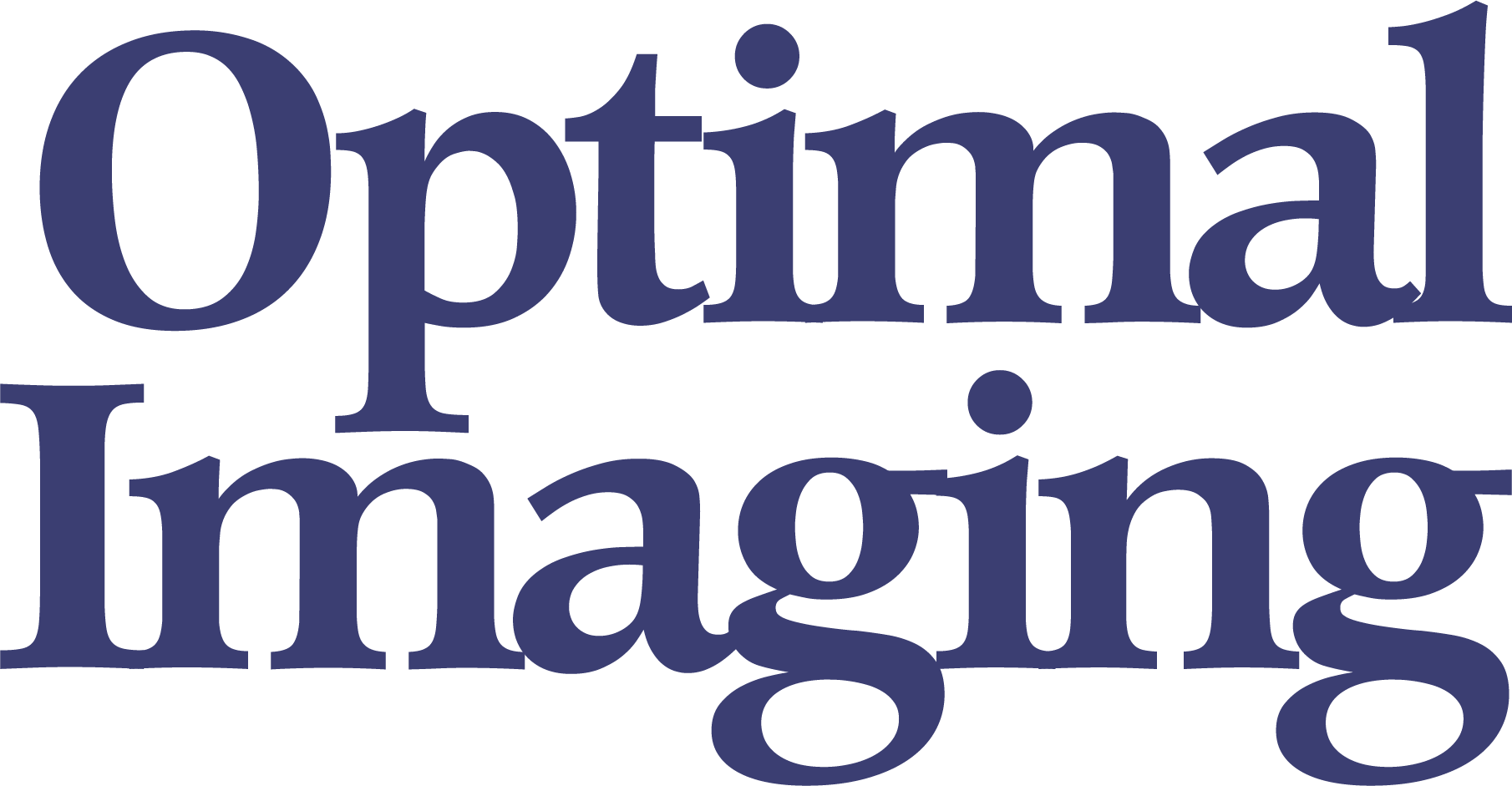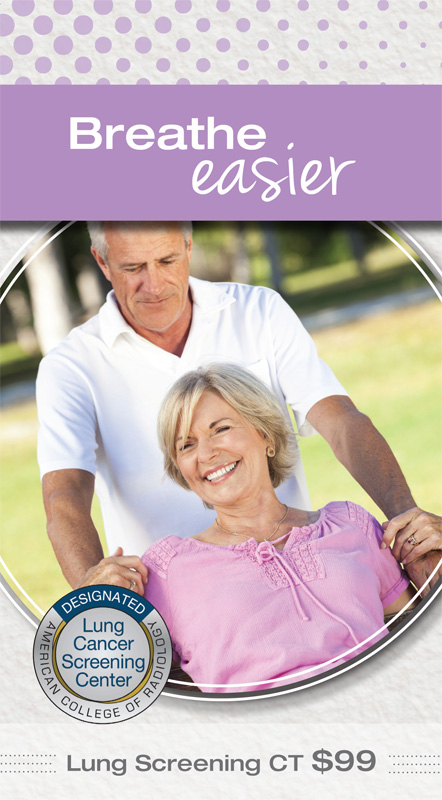The NCCN (National Comprehensive Cancer Network) recommends a baseline screening test for the following two (2) high-risk groups. A baseline test is a starting point to which future tests are compared.
The first high-risk group consists of people 55 years old and older who have smoked for 30 or more ‘pack years’. People who quit smoking over 15 years ago are excluded. The second high-risk groups consists of people 50 years old and older who have smoked for 20 or more ‘pack years’ and have at least one or more risk factor other than second-hand smoke.
PACK YEARS CALCULATION: Number of packs per day X years of smoking = PACK Years EXAMPLE: 1.5 pack a day x 30 years = 45 pack years
PLEASE NOTE: Screening isn’t recommended for high-risk people with poor health, who if diagnosed with cancer would not be able to receive curative treatment. However for those who qualify we offer Low-Dose CT Lung Screening for $99.
Computed tomography (CT) of the chest provides high-resolution pictures of the lungs, allowing detection of abnormal spots called “nodules” within the lungs. These nodules are usually too small to be seen on chest X-ray.
Recent research shows that patients with a high risk for lung cancer and who undergo a yearly lung cancer screening with a low-dose chest CT have lung cancers diagnosed at an earlier stage and smaller in size than if no screening test were used.
Benefits:
Lung cancer screening with a chest CT discovers lung cancers when they are smaller and potentially more curable.
Recent studies using chest CT have shown 60- 80% of lung cancers are diagnosed in Stage IA, the earliest stage of lung cancer. If no screening test is performed, only 15% of lung cancer patients are diagnosed with Stage IA cancer.
Although early detection of lung cancer with screening chest X-rays did not save lives, it is possible that diagnosis of lung cancer at an even earlier point with chest CT will prevent deaths from lung cancer.



